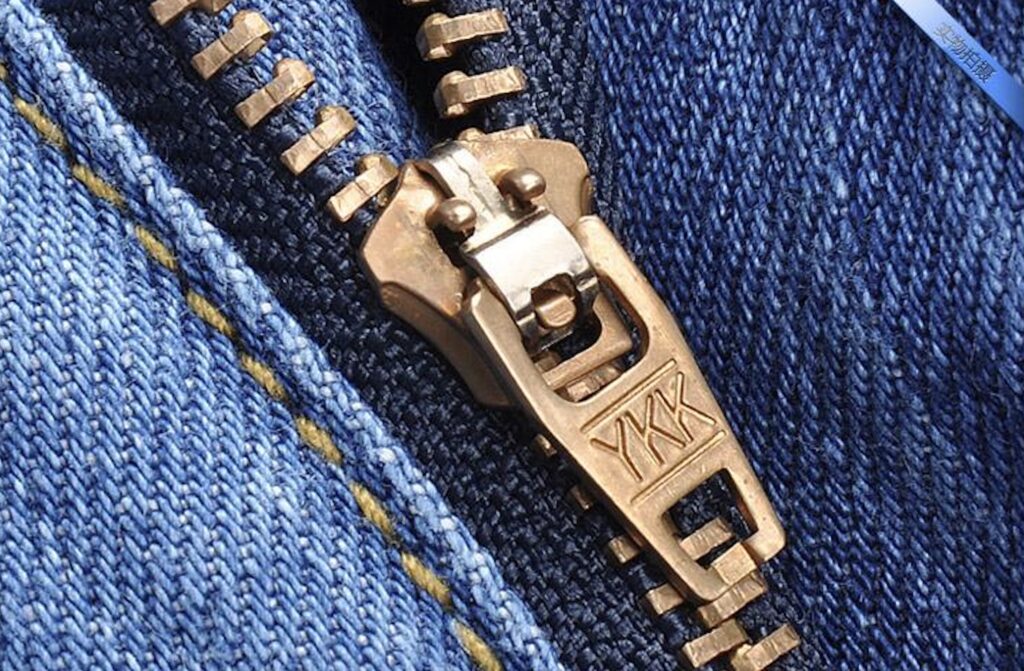Accelerating Circularity Releases New Report: “Toward Circular Systems for Trims and Ignored Materials (CSTIM)”
A call to action for overcoming the hidden barriers to textile-to-textile recycling
Accelerating Circularity, the non-profit organization leading the transition from linear to circular textile systems, has released a new report titled Toward Circular Systems for Trims and Ignored Materials (CSTIM): Challenges and Opportunities. The white paper highlights one of the most persistent barriers to textile-to-textile (T2T) recycling — the overlooked components that make up garments and products beyond the fabric itself.

Each year, 92 million metric tons of textiles are landfilled or incinerated, representing an enormous loss of material and economic value. Accelerating Circularity views this not as waste, but as an opportunity to transform used textiles into new raw materials. Through cross-industry collaboration, the organization is building systems that connect discarded textiles to new, high-quality fibers, yarns, and fabrics — turning circularity from theory into scalable reality.
About the Report
Trims, adhesives, laminates, threads, fasteners, and labels – often referred to as “ignored materials” -pose critical challenges to efficient textile-to-textile recycling. These components, though small in proportion, can disrupt fiber recovery processes, contaminate recycling streams, and prevent the creation of pure, recyclable feedstocks.
The CSTIM Working Group, convened in 2023 by Accelerating Circularity, brought together a diverse set of companies and experts spanning materials science, finishing technologies, recycling innovation, and apparel design. Together, they explored practical solutions for designing trims and attachments that are compatible with circular systems and can be easily recovered or recycled at scale.
Key Findings and Focus Areas
- The CSTIM white paper outlines several foundational elements needed to advance the circularity of trims and ignored materials:
- Scaling manual and automated sorting and preprocessing to handle mixed-material inputs.
- Advancing recycling technology to manage complex product assemblies.
- Designing for disassembly, ensuring trims and attachments can be easily removed or recycled alongside base textiles.
- Cross-sector collaboration between brands, recyclers, and materials innovators to align standards and data systems.
- The report also includes recommendations and a call to action, emphasizing that solving for trims and ignored materials is essential to unlocking true textile circularity.
A Systems-Level Approach
Unlike initiatives focused on a single recycling technology or material stream, Accelerating Circularity takes a systems-level approach—bridging the gap between discarded textiles and commercially viable recycling systems. This method supports brands in meeting recycled content goals, reducing greenhouse gas emissions, and conserving virgin resources, while advancing a more sustainable global textile economy.








